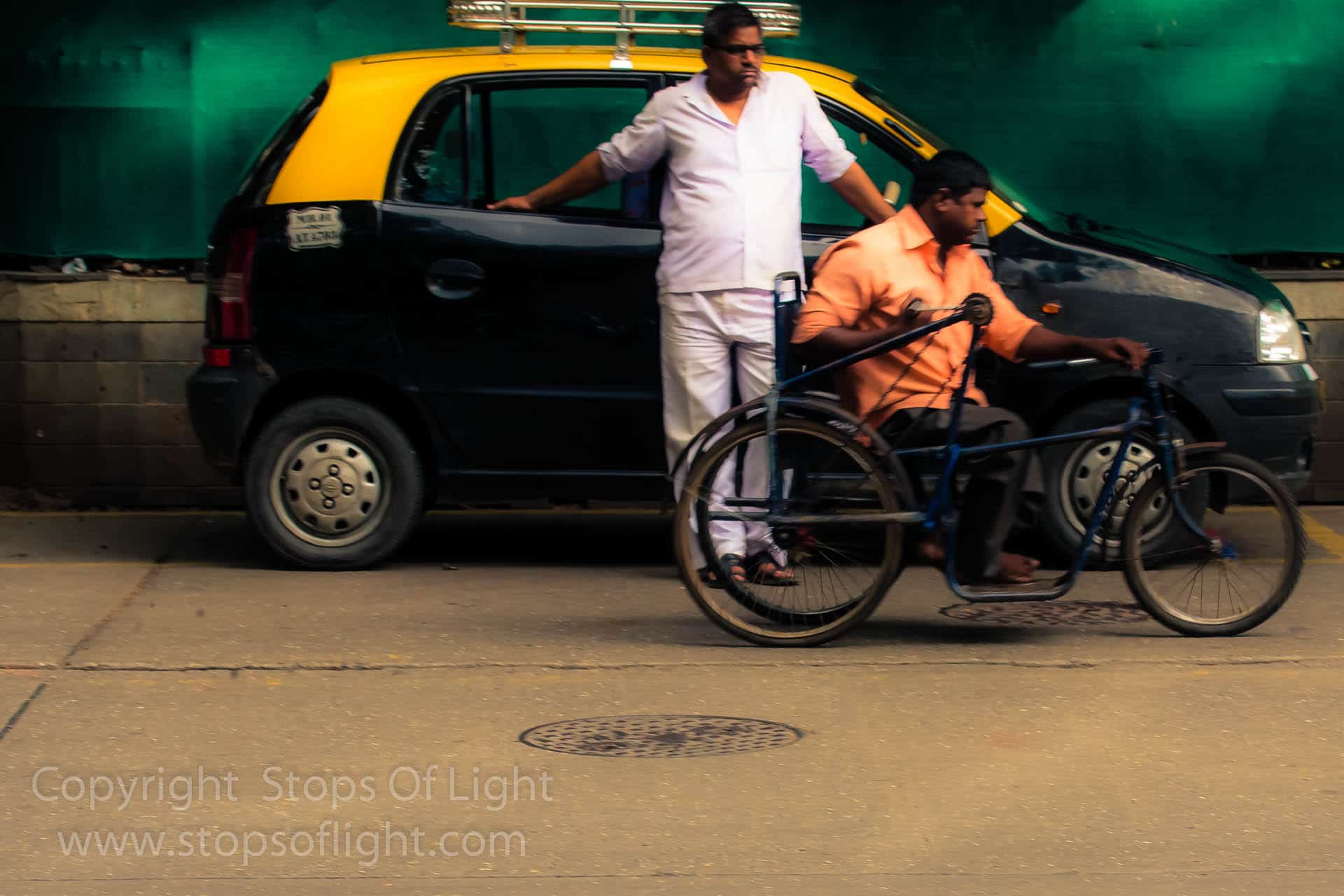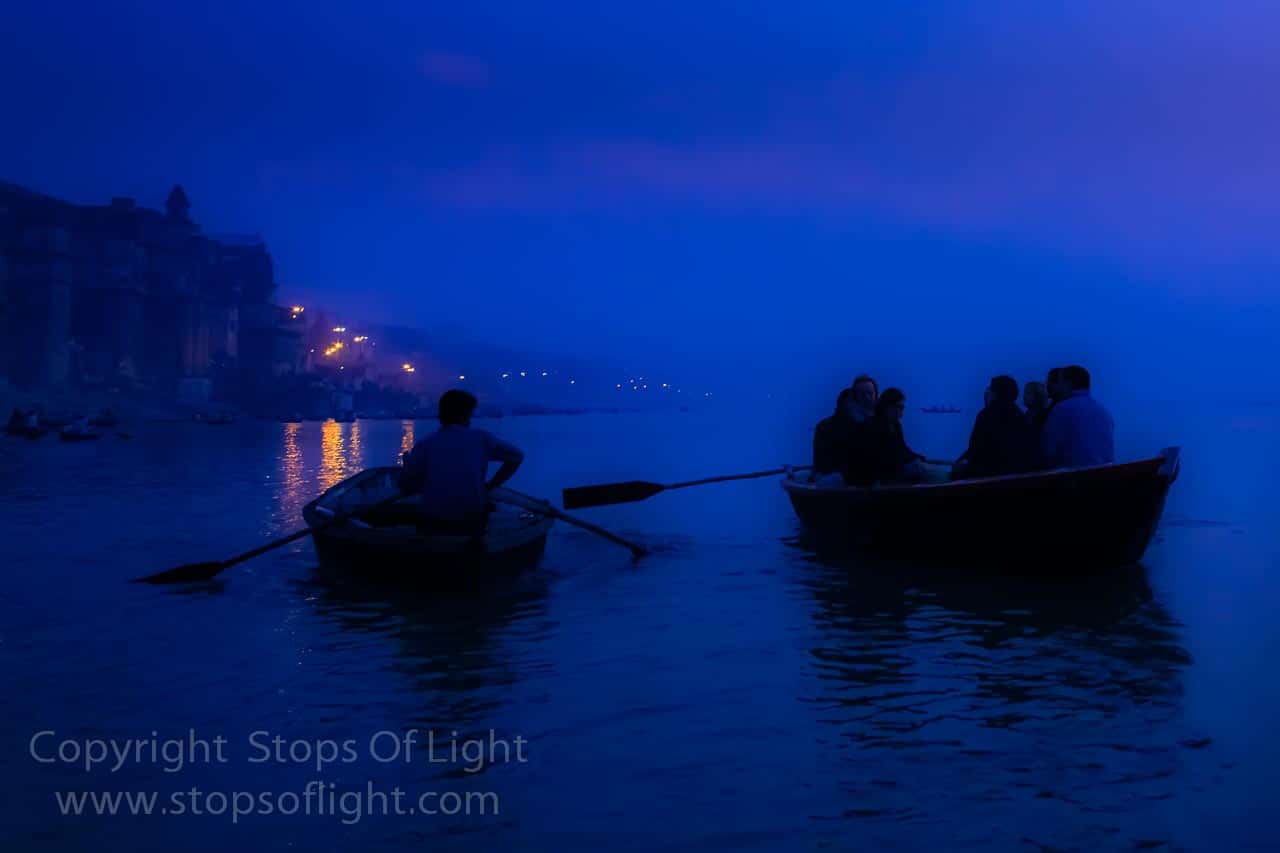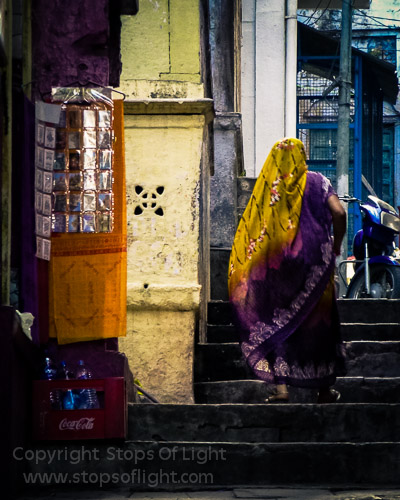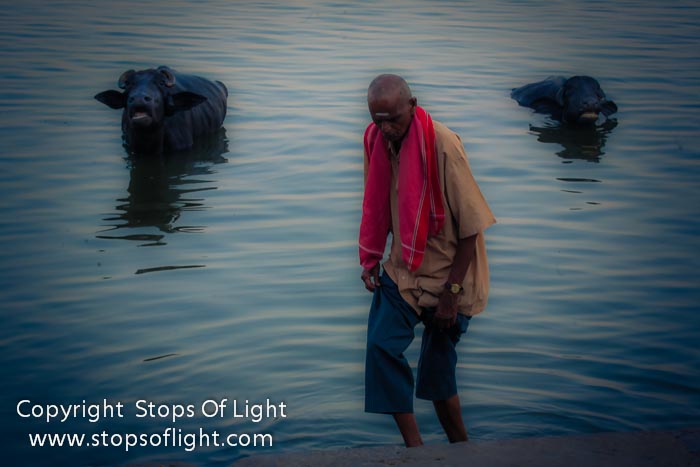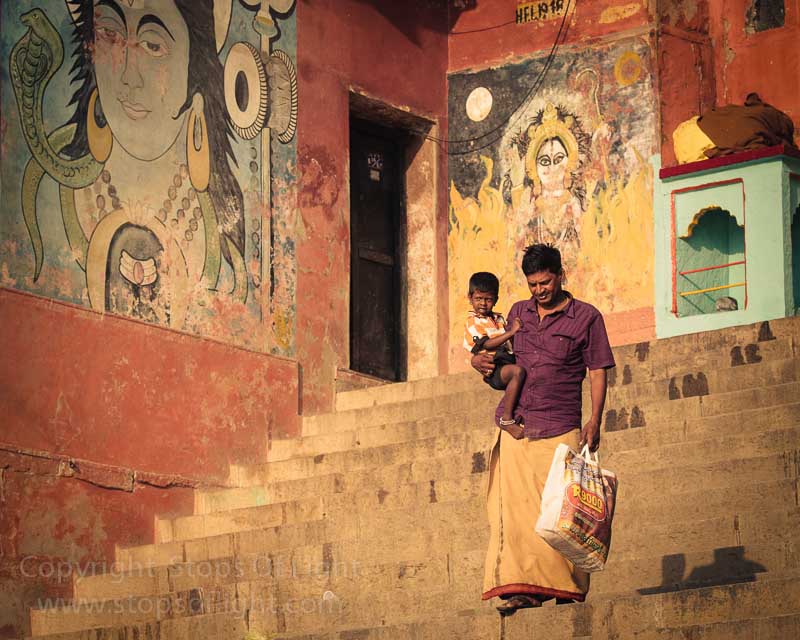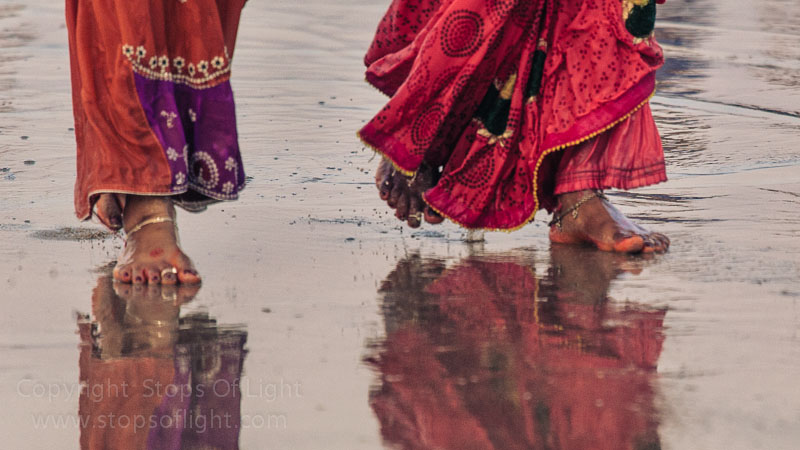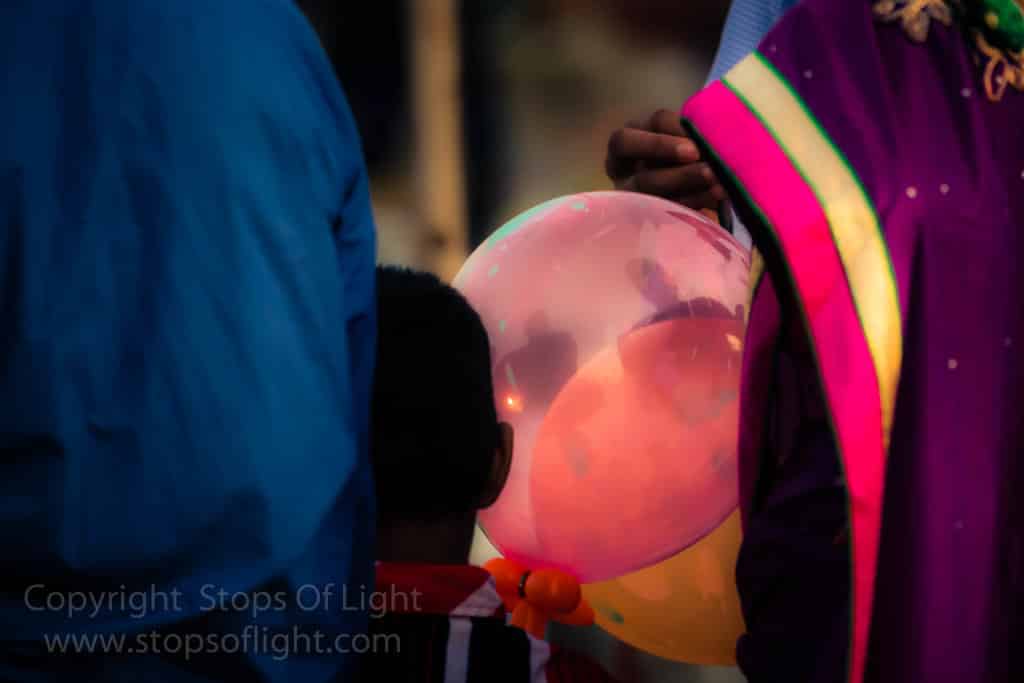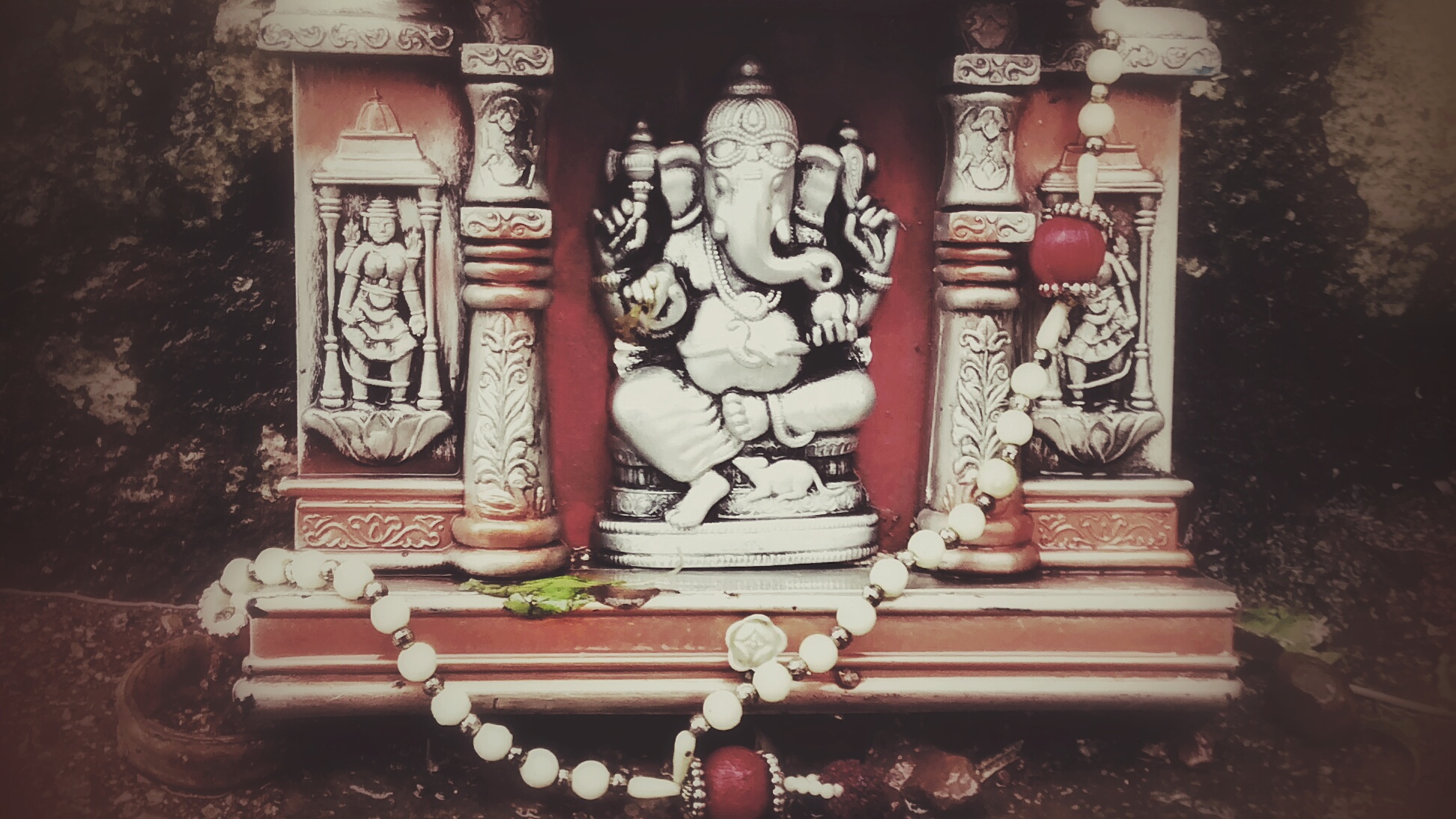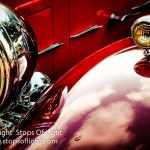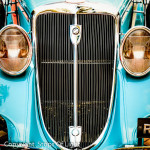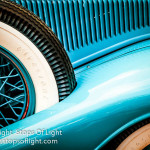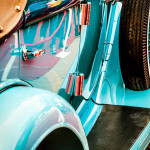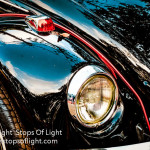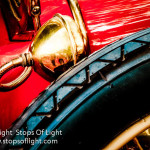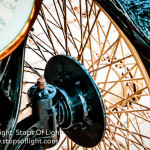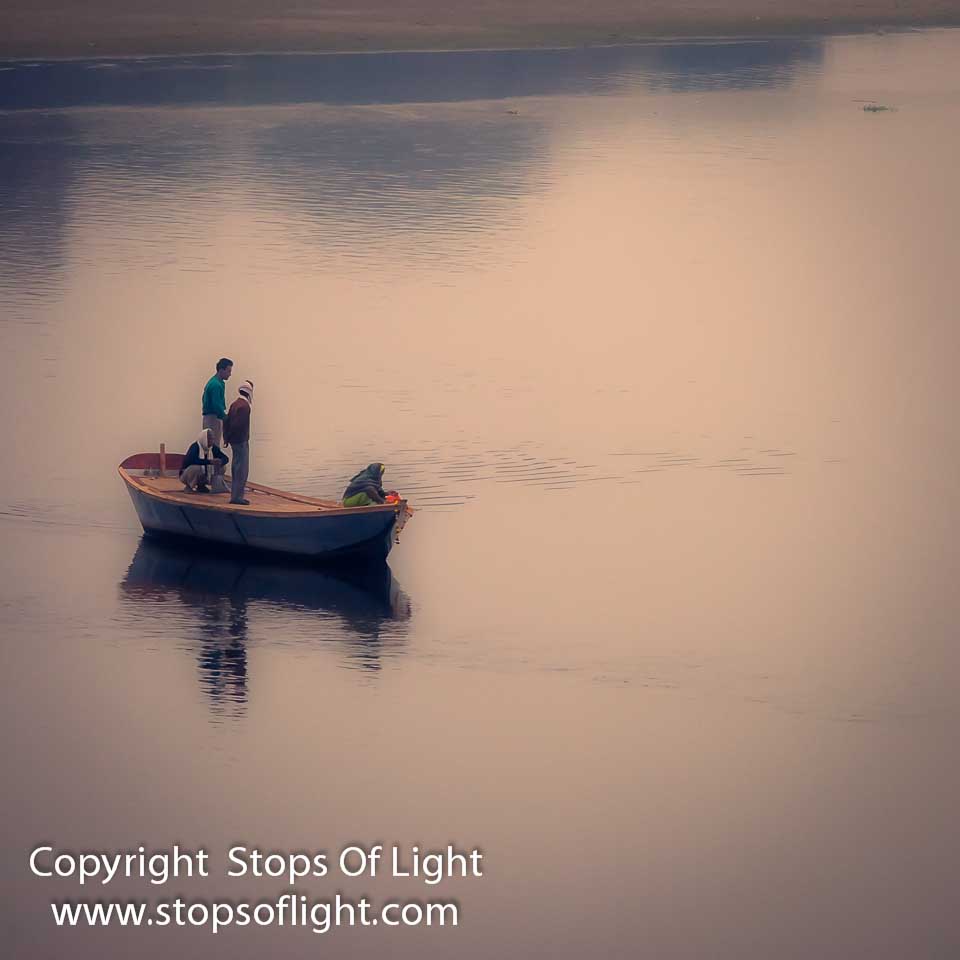If Bruce Lee had been alive today, and had he visited many of the several groups and pages(thankfully, not all!) dedicated to Photography on Facebook, he’d have killed himself.
But before that he’d have shaken his head in dismay and repeated those immortal words of his; words that go:
In memory of a once fluid man, crammed and distorted by this classical mess”
Lee felt (and rightly so!) that human beings possess an innate ability to defend themselves, and that the role of training in the martial arts was simply to better it. What he observed, however, was what he termed “a Classical Mess” ; an over-emphasis on styles, technique, kata (form or a set of movements), rules, and methods. These led to an ossification – a literal stagnation – in not only the martial arts themselves but also in the ability of practitioners to effectively deal with self-defence situations. This “Classical Mess” blunted the proverbial edge, rather than sharpening it. The “Classical Mess” – or rather, those who adhered to it and failed to see beyond it – led to an enslavement; it took away from a practitioner the freedom to truly express themselves in the moment. It made slaves of people.
Bruce summed up this phenomenon – and those afflicted by it – as “A Once Fluid Man, Crammed and Distorted by this Classical Mess”.
Now you may wonder what this has to with Photography. As I said I’m there on Facebook, browsing through these groups. And mentally repeatedly stabbing myself in the chest with a knife. A whole bloody eighty plus percent of the posts (or, replies to the original post) are about the camera, related gear, exposure and EXIF details, techniques, rules, post-processing techniques… essentially ONE BIG CLASSICAL MESS!
It makes me want to puke. I suspect Bruce would have felt the same way.
The fact is this: Each and every one of those individuals crammed and distorted by the classical mess (of the camera, gear, exposure and EXIF details, techniques, rules etc.) was a once fluid individual. As were you.
We all were. As children.
Think of how fascinating and so-full-of-things-waiting-to-be-discovered everything around you was. Everything was fresh and new, worthy of exploration. And think back of how effortlessly you expressed it by drawing things with pencil and paper…
And you lost your ability to effectively express yourself.
Blame it in no small measure on the classical mess that crammed and distorted us as part of growing up. Because that’s exactly what happened.
And then something that could have changed the lives of all those who’d happened: you bought a camera. It really could have been a life-changing experience; to quote Dorthea Lange, “The camera is an instrument that teaches people how to see without a camera.”
It really could have been a game-changer, akin to giving a child pencil and paper so it can express its impressions of the world around it. Literally, for that is exactly what a camera is – a tool to help you express your impressions of the world around you. But…
Rather than pay attention to the world around oneself, one instead chose to pay more attention to the width of the pencil, the whiteness of the paper, the eraser, how sharp and pointy the pencil is, etc. Sounds ridiculous? It is, ain’t it? But that’s exactly what eighty percent of those posts I talked about earlier are dealing with. Camera, gear, focal length, exposure, EXIF, technique…. all that is the bloody pencil and paper; you’ve made that the focus rather than the world around you!
It’s (camera , technique etc.)…only a means to an end, a method which is indispensable to my work. There lies the sum total of my interest in it. Getting hooked on technicalities is the way to get lost. It’s a pitfall to be avoided, and a major problem with amateur photographers who believe technique does it all. You can take a superb picture without any technique to speak of, whereas highly technical photographers are rarely relevant if ever.” ~ Yann Arthrus Bertrand
You could just sum it up as “A Once Fluid Man, Crammed and Distorted by that Classical Mess” that is the camera, gear, EXIF, technique etc.
By this time, it’s quite likely that what I’ve said so far may have gotten quite a few (of the 80% fame) folks’ backs up, and that they’re probably going “WTF?! Yes, I do pay a lot of attention to the camera, gear, exposure, technique, and EXIF. But that doesn’t mean I’m crammed and distorted! I am looking at the world around me, AND BY GOD, I AM EXPRESSING MYSELF!!!”
Are they? Expressing themselves? I don’t think they are, at least from what I see of their images. What I see is not original vision. What I see is not Composition. What I see are mere copies of what people saw before them – the same things, shot in the same way, composed along similar lines.
I don’t see True Composition which is the Strongest Way Of Seeing. What I see are mere copies of Compositions. What I see is not true self-expression, what I see is the visual equivalent of mouthing what someone else has expressed before.
And I’m not surprised. It’s just another offshoot of that Classical Mess; this one goes under the names “The Rule of Thirds” & “The Golden Ratio”. Another manifestation of this self-defeating Classical Mess is the tendency to follow in the footsteps of those who’ve gone before (which isn’t a bad thing in itself when you’re starting off), but failing to strike off on your own path subsequently. Translate that as “Oh, I’m inspired by Steve McCurry’s style so I’ll shoot like Steve McCurry!”
Of course, one has no idea of what really drives Steve McCurry (or anyone else one chooses to emulate), so all one ends up with are often unsuccessful copies of work that try to look like Steve McCurry’s.
Where’s the Self-expression? Sorry, but I don’t see much of it.
Bruce had several things to say about “Self-expression”, one of them being:
“Unless you overcome [the tendency to adhere to] style, method, or technique, you will never be able to truly express yourself. If you’re stuck on style, you’re expressing that style. If stuck on method or technique, you can only express that method or technique. But that is not self-expression; true self-expression is to have No Style as Style.”
Another hindrance to effective self-expression is the desire to impress others. And while the need to be appreciated is a very fundamental human desire, it’s beeing taken to ridiculous lengths on social media. The “I’ll like your picture and I’ll follow you in the hope that you’ll like my picture and you’ll follow me back” thingie that we see on so many photography groups, forums and platforms such as Instagram is but a manifestation of this. And it really does hamper self-expression no end. Bruce summed it up in the first 42 seconds of this video interview of his…
At this stage, you’re probably wondering how one can go about “Honestly expressing themselves”? And, just what is this thing called “Self-expression”? Bruce had this to say regarding the first question:
Always be yourself; express yourself; have faith in yourself. When I look around, I always learn something and that is to be always yourself, and to express yourself, to have faith in yourself. Do not go out and look for a successful personality and duplicate it. Start from the very root of your being, which is “how can I be me?”
There you go again, that emphasis on “Self”. How does one honestly express oneself? How can you be You? By not attempting to ad nauseam duplicate a successful personality, technique, method or style! How can you be You? By stopping to try to impress others! How can you be You? By believing in yourself more than the camera or technique or style or whatever…
Unfortunately, the general drift of that 80% of posts I spoke of earlier indicates that the camera is everything. Self is nothing. People are oh-so-confident of the camera. And oh-so-lacking in confidence in themselves, in the role they play in the image making process. At best, their idea of the role they play is limited to their choice of Exposure.
What a Bloody Classical Mess!
Fast forward to 1:00 in the above video and you find Bruce saying “You have to become one with the punch“. Repeat, “You have to become one with the punch.” Extrapolate that to the camera and it reads “You have to become one with the camera“. I take it even further in my Art of Seeing Photography Workshop where I say that “You, your gear, and the object of perception — all these have to become One” — more on that later, but for now I’ll say this: If you have no idea, no clue of Your Role, where you as an individual stand (not physically!) in the image making process, if you put the camera above yourself, how on earth do you expect to effectively express yourself?
The question remains: What do we mean when we use the term “My Self”, and how can I express myself? I’ll answer that in just a minute, but before that a two-minute clip from Bruce Lee’s Enter The Dragon… trust me, it’s related! Or maybe, it’s the same thing!
For those who missed the movie, the above clip from Enter The Dragon has Bruce excusing himself from a Mr. Braithwaite who’s come a calling to seek Lee’s help in busting what the British Government in Hogkong suspects to be a drug-running operation by a certain Mr. Han. At this point Lee excuses himself to attend to his student who’s just arrived. The clip above shows the exchange between Lee and his student.
One thing I find highly pertinent here is the section between 0:20 and 0:30 in this clip. Put simply…
We need Emotional Content!"
That, and the exchange between 1:00 and 1:27 that goes as follows…
Lee: “How did it feel to you?”
Student: “Let me think…”
Lee: “Don’t think! Feel…”
It’s now that we can talk about that elusive “Self” and “Self-expression!” Bruce mentions these terms, but does little to elaborate further on their nature, and how they are connected with the Martial Arts. Or any Art for that matter. And remember, Photography is an Art. What I’m gonna do hence is shed some light on this topic from my Art of Seeing Workshop.
I’m not going to go into the philosophical aspects of the term “Self” here. Rather, I’m going to deal with it in terms of plain psychology. And I’m going to do it using the simplest terms and examples possible.
You. Who are you? Or rather, what is your idea of who you are? No, I’m not looking for the “I am a human being”, or, “I’m male / female, my name is so-and-so and I’m so many years of age and…” stuff. You could start with that, but I’m looking for a more composite / “whole” answer to that question. Who, are you? What is your notion of yourself?
And if you really think about it, you’ll realize that your idea of who you are – your idea of your self – is nothing but a bunch of ideas; ideas that were either foisted on you from childhood or, ideas that you developed on your own. Everything that can be described is an idea. Everything that can be named is an idea. Your name – it was foisted on you. You identify with it. Your gender? The term male/female was foisted on you (yes, foisted! What if the person who first coined the terms male and female had flipped them around? What if that person had used the term “male” to describe the “female” of the species (and vice-versa)? So what if he / she // she /he (puns very much intended!) had done that? You’d still be who you are, but your identification with the term would have been different, right? Because the term – the description – is an idea!). Notions of what’s acceptable and what’s not were foisted on you. So on and so forth. And some notions aka ideas, you developed.
Your idea of who you are – your idea of yourself – is nothing but a bunch of ideas. Or to put it a fashion that’s more pertinent to what Bruce Lee could have taught you about photography: You – your idea of who you are — is nothing but the sum total of the experience of your life!
The whole damn game? About Martial Arts? About Photography? About any Art? About Life itself? It’s about experiencing.
And the only way you experience things is via feelings.
And I’ll prove it to you.
You don’t remember a car. You remember the ride. Either how smooth it was, or, how rough it was.
You don’t remember the seats. You remember how soft they were, or how hard they were.
You don’t remember the transmission. You remember how smooth it was, or how hard it was.
You don’t remember a thing for the sake of a thing. You remember the experience of it. You don’t remember the thing, you remember your impression of it. How it felt, not how it was!
Ergo, if you haven’t felt it, you haven’t experienced it. Period.
Every experience gives you an idea. Of who / what you are. Or, who / what you are not.
You – psychologically speaking – you, are nothing but the sum total of your experiences. You, are nothing but the sum total of what you’ve felt in the past and are currently feeling. Because experiencing is nothing but feeling.That, is You. That is your idea of “Self”.
And what of “Self-expression”?
Art has been defined as “Self-expression”. Painting, Drawing, Sculpting, Martial Arts, Photography… any art is just that: Self-expression. An expression of your self. And You are nothing but the sum total of your experiences which are nothing but feelings.
Art is an expression of your feelings. Or as I like to call it, “Art is an Expression of Your Impressions”. Which is why one of the many tips I give in my Art of Seeing Photography Workshop is “Don’t shoot what it looks like; shoot what it feels like!”
Go back and watch that last video again. Hear what Bruce had to say, read what I have to write about what he meant. I cannot overemphasize the role of feeling in Photography. It’s the key to self-expression. Bruce Lee could teach you a lot about photography!
Now, fast-forward to 1:13 in the last clip, and watch through till 1:47. And what do we have Bruce saying?
It is like a finger, pointing away to the moon…
Don’t concentrate on the finger, or you’ll miss all that Heavenly Glory!”
Towards the early bit of this post, I quoted Dorthea Lange: “The camera is an instrument that teaches people how to see without a camera.”
It (the camera) essentially is a great tool to help you look at the world and rediscover it with the freshness of the vision of a child. It’s a great tool to help you discover yourself. It’s a great tool to help you express yourself. It’s literally “the finger pointing away to the moon...”
And instead of looking at all that Heavenly Glory, you’ve been concentrating on the finger that is the camera, technique, method, exif, style…
What A Bloody Classical Mess!
Do you see how everything is connected? How everything Bruce said is about the Art that is Photography? Do you see what Bruce Lee can teach you about photography? IF you’re willing to learn, that is!
Some – and I know it will be a very small percentage of readers – may. Most won’t and will go “Hey man, this is way too esoteric, way too philosophical. You’re just drawing parallels. Photography is just about the camera, the light, exposure and the nut behind the camera who determines the exposure. And I’ve studied the Masters Of Photography (and liked the quotes by them put up by people on Facebook and other forums), and nowhere have I heard of the nonsense I’m reading here! And what on earth is the photograph at the top of this post — the one of a disabled person who is really going somewhere, zipping past a cab driver resting against his cab and looking on, incredulity writ large on his face — have to do with this post?”
What does that image have to do with what Bruce Lee can teach you about photography? if you can feel, connect, experience all I’ve written here, it’s got everything to do with Bruce Lee and photography. If you can’t, well, tough luck! Ask me. Nicely. And maybe I’ll explain it. :)
As for the guys who’ve studied (or, should I say “read”?) the words of the Masters Of Photography (and “liked” them on Facebook of course!)….
I’m sure they’ll nod their heads in the affirmative if I mention Ansel Adams…
The guy who they’re so familiar with. Or rather, familiar with what he said about photography…
That famous quote “You don’t take a photograph; you make a photograph”…
Know what, guys? That sentence of his is a very small part of what he said in the same breath!
What Ansel Adams said – in toto – is this:
“You don’t take a photograph; you make a photograph. And you bring to the making of a photgraph all the pictures you have seen, the books you have read, the music you have heard, the people you have loved.”
Sounds very nice! Definitely worth rattling off to impress people and garner a couple of hundred likes on Facebook, I’d think! But what on earth does it mean???
Simply this:
“You bring to the making of a photograph the sum total of the experience of your life, which, is nothing but what you feel, which – in turn – is your idea of You. Ergo, You bring YOURSELF to the making of a photograph. No more, no less!”
Heck, Ansel Adams literally “pointed a finger at the moon” when he said what he did in that other famous quote of his; the one that goes “There are always at least two people in every photograph: The Photographer, and The Viewer”. Unfortunately, many remain too busy “concentrating on the proverbial finger” and end up “missing all the heavenly glory” that is the essence of that quote by Adams.
As luck would have it, what many bring to the making of a photograph is just the camera, rules, exposure, light, technique, the compositions of others, what everybody else is pointing the camera at , their desire to impress others, and other tripe. And they do that throughout their lives. The result? They end up taking photographs, not making them…
What a Bloody Classical Mess!
Trust me when I say this: There is a hell of a lot that you can learn about Photography from the words of Bruce Lee. And from Ansel Adams. And from Cartier-Bresson, Robert Capa and all the great photographers. There’s a lot you can learn about photography from a child for chrissake!
Very little, and I mean very little, has to do with the camera. A hell of a lot has to do with You! And your ability to make sense of it is a function of how much you can break out of that classical mess!
It can get confusing at times, but that comes with the territory. Not everything is true. Or pertinent. What do you keep, and what do you discard? Simple, again…
Absorb what is useful. Discard what is not.”
One last piece of advice, it may sound very confusing. Contradictory almost…
At the end of the day, no words – and I mean no words – can come close to describing what the real experience of Seeing, of just Being in that Proverbial Zone where You, your gear and the Object of Perception are not separate, but One Unfied Whole. It is literally an In-sight that is Indescribable; there are no words that can do justice to that feeling.
And that is when you’ll truly, truly understand all that is said and written here in this post – and hopefully, more! Till then it’s just intellectual, not feeling. Useful, but not “It”.
And when you get “It” – forget the camera and the rest of that classical mess – you’ll truly realize that what Bruce said, what Adams said, what all the Greats said, all that is written and said here…
All of it is also just another finger pointing to the moon! All that Heavenly Glory? It’s YOU!
Photography Begins and Ends with YOU! ‘Nuff said!
